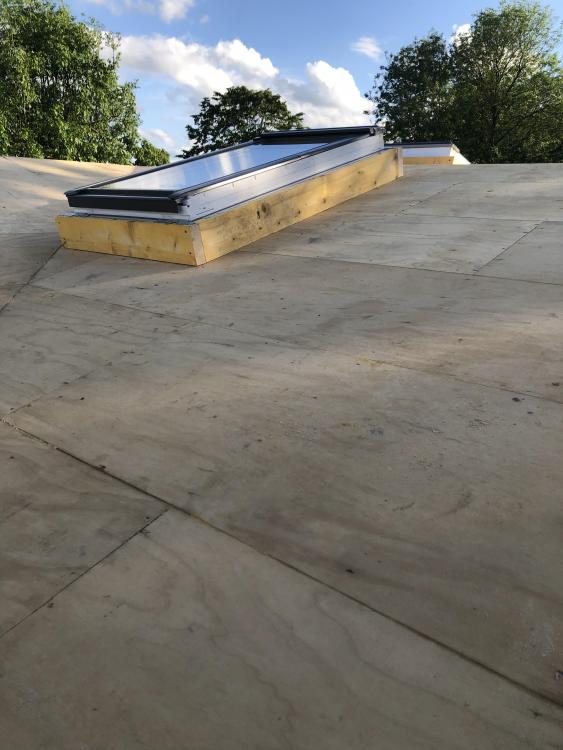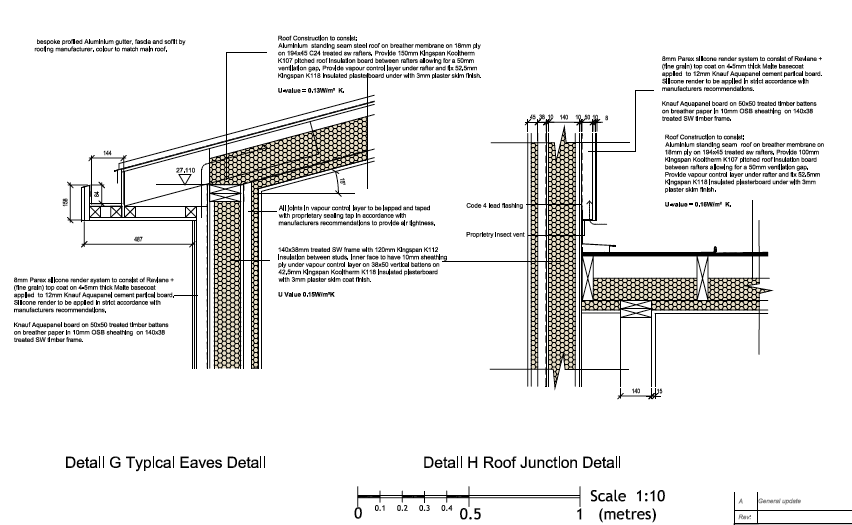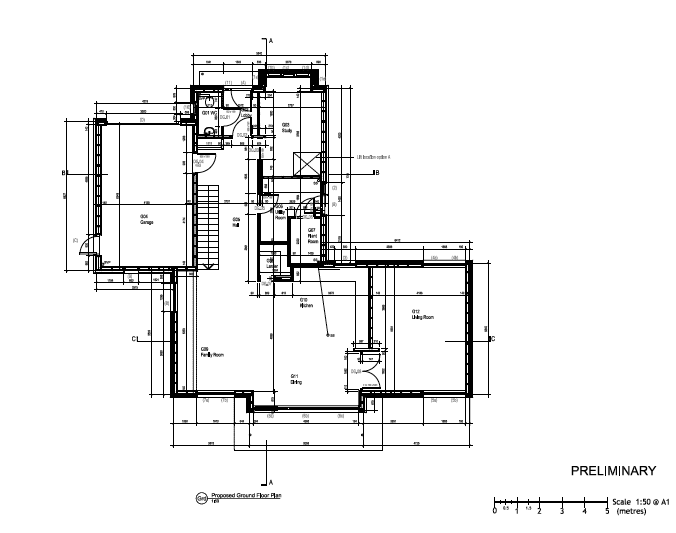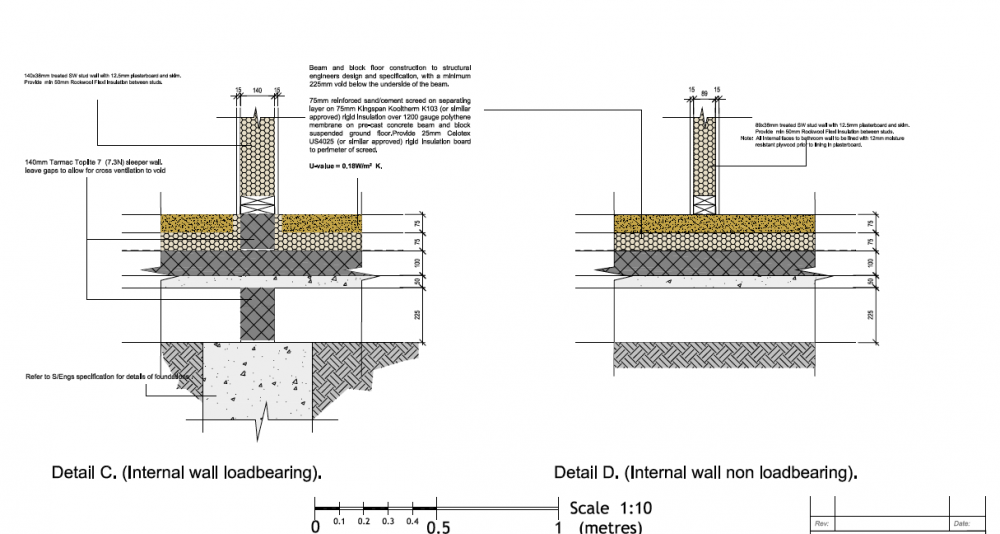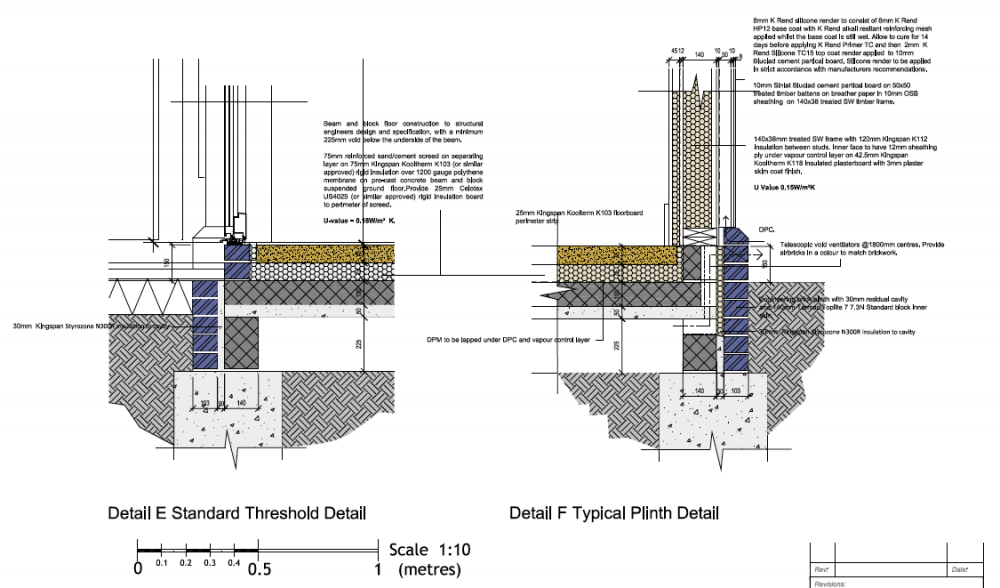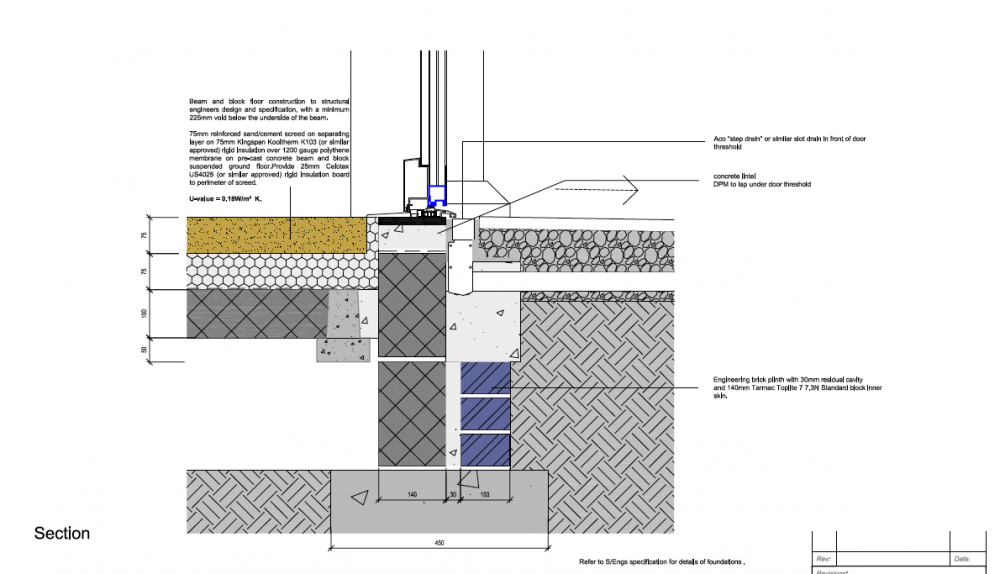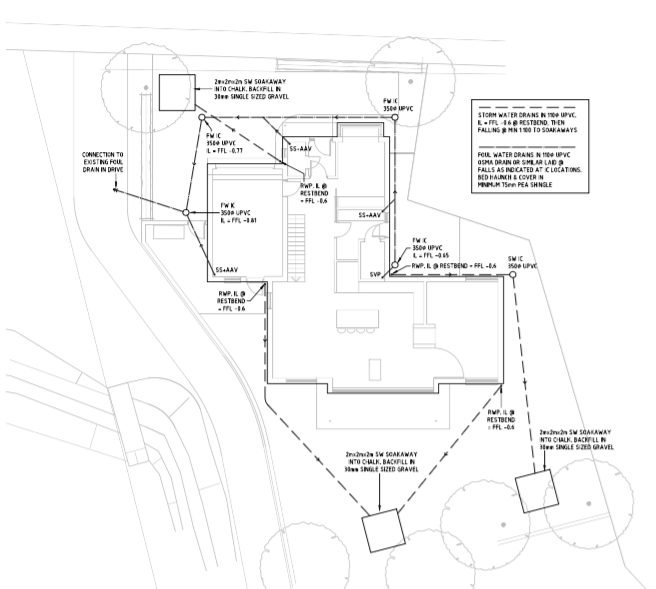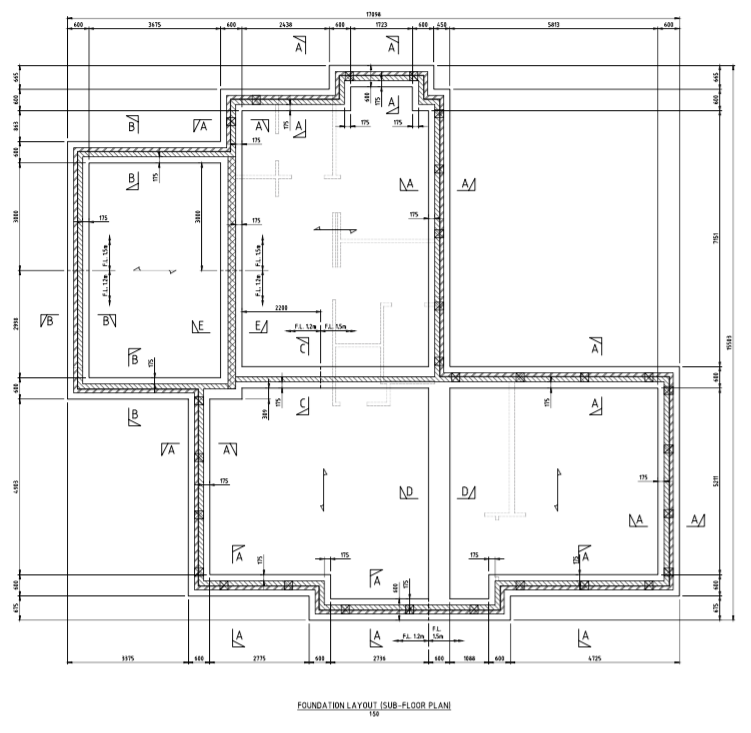
Lots2learn
Members-
Posts
23 -
Joined
-
Last visited
Recent Profile Visitors
The recent visitors block is disabled and is not being shown to other users.
Lots2learn's Achievements

Member (3/5)
3
Reputation
-
This is a subject I am wrestling with at the moment. We have had quotes of about £7400 for a 12 x 380 Q cell system with solaredge inverter and givenenergy 5.2 kw battery. If we opt for PV panels only it would be about £2400 less. We have an all electric house, although we have gas up to the back door, running an ASHP and MVHR system into a highly insulated and airtight house. Having been in for about 8 months we are going to be using about 6500 kWh pa. We have provision for a fast charger in the garage but do not yet have an EV. Like everyone else the reasons for considering this are trying to do "the right thing" but I'm struggling to justify to myself for paying a premium to have a warm feeling. I calculate the breakeven point will be 11-12 years based on increases to power costs of 6% pa, this is around the time when the inverter is likely to require being replaced. Another benefit would be to reduce our exposure to a power cut by having the battery fitted through an emergency power supply switch to run a reduced house circuit board. To cover this eventuality alone the simplest and cheapest solution would be to have a quality back up battery connected to the mains or a portable generator that could be back fed through the ring main. We have lived in this area for 18 years and have only rarely had short power outages. So the pros are: Hedging against ever increasing power costs. Some insurance against power cuts (this could become increasingly significant as supply struggles against demand). A warm fuzzy feeling. Cons High initial cost. A long payback which might be beyond the point we will be living here. Supporting an industry which seems to be overcharging for the supply, fitting and certification of kit. I am not at all inclined to fit this myself! Most of the kit is from China which has questionable human rights particularly linked to the industrial area which is closely associated with solar manufacturing. Am I missing anything here? The sums are likely to change with ever developing technology, are we about to see a step change in this technology? To those who have had systems fitted by a MCS certified company, are you satisfied, are the sums going to work based on what the system is actually doing against the predictions? Any recommendations, we live near Cambridge?
-
Acoustic property of large tiled area
Lots2learn replied to Lots2learn's topic in Floor Tiles & Tiling
I am grateful for the responses so far. It seems I am not the only one to revisit this decision we are now leaning towards a LVT. It would still be interesting to hear more from those who have tiles and also LVT fitted. -
We have specced our 100 m2 open plan L shaped hall, kitchen and diner with a tile finish. We are at the stage of going firm on this but are having second thoughts about how this space might be acoustically. The house is just starting second fix stage. My wife is a hearing specialist and she is very aware of the effect hard surfaces have on our perception of sound. In addition my hearing is not great. My concerns are Pro tiling That was the original spec and so the floor levels are already set UFH will work best and also in the summer the tile floor will dissipate heat better Hard wearing with little on going maintenance required Unified appearance through ground floor including adjacent rooms, WC, lobby, office and utility/plant it looks good with same tiles used on the patio Con tile Poor acoustic property Harsh underfoot Cost I am after real life experience of tiles regarding how they are to live with particularly how they are acoustically. Thanks
-
Hi All We have fitted today two out of three velux windows and I am not entirely happy about the look. They look a bit clunky and protrude significantly above the roof and ridge line. The roof is a 15 degree pitch which has 18 mm sarking and will have a membrane fitted over then finished with raised seams aluminium roof material. The recommendation is to recess to the red line on the window which makes it quite a protrusion above the 150 mm upstand. I understand the rationale is for protection against ingress on the shallow/slow draining roof. My thoughts are we have 150 mm upstand and the windows are close to the top of the roof so is this overkill? We also live in a dry area, near Cambridge. Can anyone else who has a similar roof format with roof lights share information and photos of how theirs was fitted.
-
Building in provision for a later ASHP.
Lots2learn replied to epsilonGreedy's topic in Air Source Heat Pumps (ASHP)
This has been of interest to me. We have mains gas through the site and that was our default choice. We then thought that if the build was going ok and the budget under control we could swap the gas boiler to an ASHP. A brief chat to the planners about this, we are in a conservation area, got the following response. To build in now an ASHP would require a fresh PA with consultation. We know from experience that this process takes nearly double the subscribed 8 weeks which would impact the program. Alternatively under permitted development we could install it but PD could only be applicable once the house is completed. On further questioning it was confirmed that effectively we would have to fit a heating system to complete the house. Get the house signed off then rip out the heating system and replace with an ASHP. Amazing. Any thoughts on how with minimum expense and disruption I can address this conundrum? -
This is a cross section of the roof design. For ventilation of the cold roof under the aluminium roof there is a continuous vented void running up the space between the T/F and exterior rendered cladding in to the roof space under the sarking. Does this present a fire risk hazard? I understand there is a thermally reactive material which could be placed at eaves level which when warmed by fire will close off this area but obviously there is a cost implication and how long will this be effective for? The BR are OK about this I am just concerned that this presents a fire spreading risk to the structure. Any thoughts?
-
On a related subject. I am installing 150mm thick floor insulation with a 75mm screed containing UFH on top. Any thoughts about the merit of fitting 2 layers offset each 75mm thick against a single layer of 150mm from a thermal point of view. In addition the thermal performance of Kingspan (other than their kooltherm range), ecotherm and xtratherm are similar yet a price difference of about 15%. Are there any thoughts as to why the difference and is it worth it? Lastly the attached garage floor will have 150mm of insulation as this will allow the easy conversion to a ground floor bedroom and en suite if required. I am concerned about loading so it seems that EPS might be better for this area. The insulation will be covered with a 150mm steel reinforced concrete floor. Any thoughts? Cheers
-
Final pre start meeting - Groundworks/Foundation design
Lots2learn replied to Lots2learn's topic in Foundations
Hi All, First of all please don't interpret the breaks between my responses as me cowering in the corner from the posts on this thread. I have a very thick skin. I understand the passion this process engenders in those who set out to build their own home. Unfortunately work commitments keep me away from the keyboard for several days at a time. The feedback I have received is mainly centered on the ground floor build up and it is in that area I am now focusing my attention. It is a little late in the day to radically change the design. I know some of you will be screaming at your screen that if not now when. However, there are other factors at stake and further delays, we were due to break ground last October, are going to have a significant impact on related projects and plans. I am now looking at Tetris B & B system and awaiting details of how this product could be incorporated in the design without significant amendment. I am also looking at Jabfloor products. To address the remarks I made when I first introduced myself last year about wanting a near passivhaus performing property this was true. However, the design of the house, the orientation in the plot and the shading by trees in neighbouring properties has meant that this goal is out of reach and so my expectation has altered. This came to light after PP when I started to assess the heating requirements of the property based on some fairly crude assumptions which are now proving to be not too inaccurate. We will have a beautiful home that will be highly adaptable and will be able to change to meet our needs as we grow old with it. It will be warm, well insulated, low maintenance and distill all of the best features of the many houses we have lived in up to this point. Our design team were chosen for many reasons but at the very start they were open that they had never worked with T/F before but having short listed several architects this team were the ones we felt most able to work with. They had a lot of experience in working with the planning authority in the same conservation area in which we are building and have achieved PP where many had questioned whether it was worth the effort. We are learning together the joys of this process and they have done much more than they have been paid for and in the last few years have become friends whom I trust. My PM, there is a team of 2, are very experienced self build and T/F builders and come highly recommended by several self builders who have used them in our area. I have visited many of these properties and I am very impressed by the quality and attention to detail they have incorporated. They will be sub contracting out the various elements of the build so we will not have a main contractor. So please do keep your suggestions flowing. Remember we all start this process at different levels of skill, knowledge, experience, priority, time and budget but we all hope to get to the same point! I am minded to start a blog on here but wonder if these threads are more likely to be open to a wider audience for comment. -
Final pre start meeting - Groundworks/Foundation design
Lots2learn replied to Lots2learn's topic in Foundations
Internal heights are 2.55 ground level and 2.4 + first floor - some of the first floor rooms have vaulted ceilings. Digging down could help but there is a nearby stream which we have to be wary of and the rainwater runoff will be dealt with through a soak away so this might be an issue. I've just been looking at Tetris insulated Block and Beam which could be a useful way to increase the ground floor insulation without adding depth. Several of you have pointed out that as far as the drawings are concerned they do not allow for UFH but my understanding is that the UFH is layed in the 75mm screed which is shown in the drawings so I am not too sure how this is an issue. -
Final pre start meeting - Groundworks/Foundation design
Lots2learn replied to Lots2learn's topic in Foundations
I am very grateful for the replies and they do confirm my concerns about the thermal efficiency. The T/F company have stated that the thermal efficiency of their product is 0.13 with a 30mm internal board fitted. The internorm triple glazed windows will be an average of about 0.6. The roof will be 0.13. The weak area in my view is the floor which at 0.18 is below what I want. The site is tricky in a conservation area with grade I and II listed buildings around it. PP has taken over 4 years. The ridge height has been very limiting and the architect has done a very good job of providing us the adaptable and size of space we specified but it maybe that this has come at the expense of thicker walls and deeper roof insulation giving better thermal performance. That is a choice we have made. To answer some of the points raised. The garage is an important part of the adaptability as this will have services and a layout to enable it to be converted to a ground floor bedroom/en suite to allow us to remain in the property once mobility becomes an issue. UFH and MVHR is specified although I need to confirm how the UFH will be installed. Solar gain is mitigated on the ground floor by a 2 meter overhang on the South south westerly elevation with built in blinds in the outerleaf of the upstairs windows. A 38mm service void is specified on the internal face of the perimeter walls although for some reason this is not shown on the drawings I posted. The render board is vented so is it worthwhile using material that has thermal property? Does this wall have to be vented to deal with condensation to the T/F? The B&B floor is to cope with the 1.3 meter deep clay sitting on chalk which until 2 years ago had large leylandi and beach trees around the perimeter. There is also an ash tree in the neighbours garden about 8 meters from the SE corner of the property. I think that was the reason for not using a slab. I will however ask the question. I like the idea of using insulated B&B material. If any of you have a manufacturer for this I would be grateful. Budget wise we have a fair amount, roughly £2000/M, however the planning process and legal fees regarding a covenant have already gobbled up nearly £60k. This is going to be our "cart us out in a coffin" house so we want to get it right. In my view I want a well designed home which can adapt with us as we grow old. Efficiency comes a close second. Any more suggestions would be gratefully received, thank you all for your time. -
Hi All, Happy New Year to you all! I will shortly be having the final meeting with the groundworks team before committing to the start. I attach the designs for the foundations from the architect/SE. I am particularly interested in ways of improving thermal performance and of course cost. As a reminder it will be a T/F house with renderboard cladding, MVHR and UFH. Any thoughts or concerns from you band of brothers/sisters?
-
Thanks Mr Punter the TFA website has some good information. My PM is meeting the T/F company on Monday.
-
I would like to refresh this subject as I am interested in this. At the moment the possible solution is multi pro fire board instead of OSB internal skin to satisfy “offsite report/mitigation “ which is I assume during the build phase. Any thoughts?
-
From wonky shelf to self build in deepest Cambridgeshire
Lots2learn replied to Lots2learn's topic in Introduce Yourself
Thanks it’s nice to meet like minded people! -
@Dreadnaught the application is more for the cooling effect in summer although it has some pre warming effect in the winter as well. I think having researched this further it might not be for us. @JSHarris I have been told that because we are on mains gas ASHP is not a worthwhile investment, would you agree?

